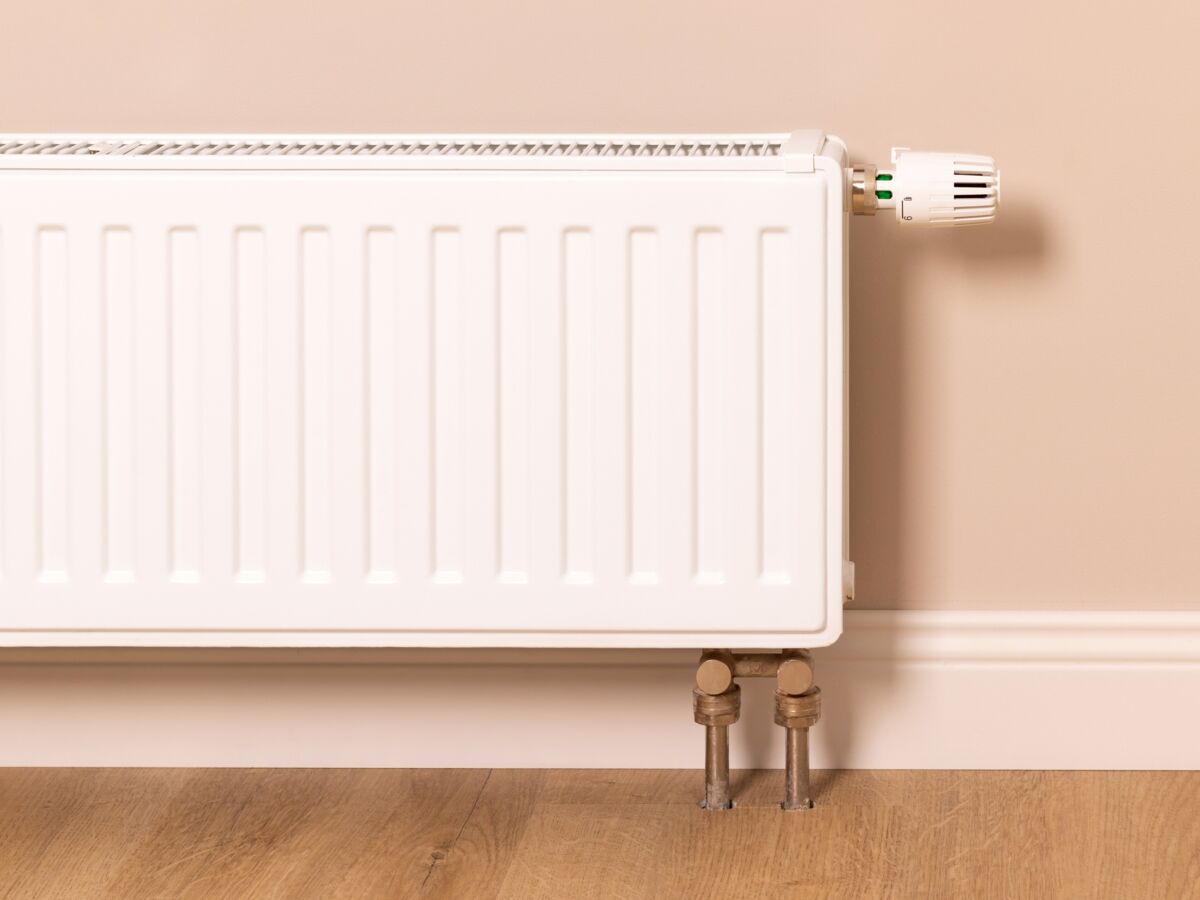When the temperatures drop, it’s time to turn your heating back on. It is recommended to have around 19°C in the living rooms, 16°C in the bedrooms and between 17 and 22°C in the bathroom, according to the supplier Engie. For the heaters to function optimally, it should ideally be purged once a year. Bleeding a radiator helps eliminate air bubbles that may have accumulated inside.
Which radiators need to be bled?
Not all radiators need to be bled and in fact, some recent models do it automatically. “Bleeding radiators concerns all hydraulic heating systems, that is to say those which operate thanks to a hot water circuit supplying the heating appliances“, it is specified on the site Choisir.com.
So electric radiators, oil-filled radiators, electric towel dryers or even gas auxiliary heaters do not need bleeding. On the other hand, it is still important to dust them regularly.
When should you bleed a radiator?
The ideal is to bleed it before the arrival of low temperatures, so that the radiator works well. Several signs should alert you to the need to do so. If you realize that your radiator is not heating at the top but it is heating at the bottom, for example. Noises coming from the radiator also let you know that it is time to bleed. Izi by EDF emphasizes that “radiators that are well maintained will allow you to save money and extend the life of your boiler which will be less stressed“.
How to bleed a radiator?
There is no need to call a professional to bleed your radiator, you can do it yourself with a few tools and it only takes a few minutes per radiator. You will need a bleeder wrench or screwdriver and a container. The radiators must be completely cooled to avoid any burns and turn off the central heating.
First you need to identify the bleeder screw, it is usually on the side of the radiator. You must therefore turn this screw using your screwdriver, or on older models with the bleeder wrench, but above all you must not unscrew it completely. Air will escape from the radiator and then there will be water. Once you have filled the equivalent of a glass of water, you can close it. You must now carry out this operation with all the radiators in your home. “It is advisable to start with the radiator located closest to your boiler and finish with the furthest away“, adds Izi by EDF.
Read also :
⋙ Does turning off your radiators when you are away really save money?
⋙ Which radiators consume the least?
⋙ How to clean your radiator to lower the bill?
